Fossilized footprints offer a unique window into the lives of prehistoric creatures, providing clues that bones and other fossils cannot. These ancient imprints allow scientists to piece together behaviors, movement patterns, and interactions within ecosystems that no longer exist. As one of the most direct records of an animal’s life, footprints help elucidate the dynamics of prehistoric life in a way that static bones cannot.
Formation of Fossilized Footprints

The process of creating a fossilized footprint is fortuitous and requires a specific set of conditions. Typically, an animal steps into soft sediment like mud or sand. This impression must quickly become buried by another layer of sediment, protecting it from erosion and preserving it over millions of years. Over time, these sediments harden into rock, capturing the imprint of the creature’s footstep.
Interpreting Trackways
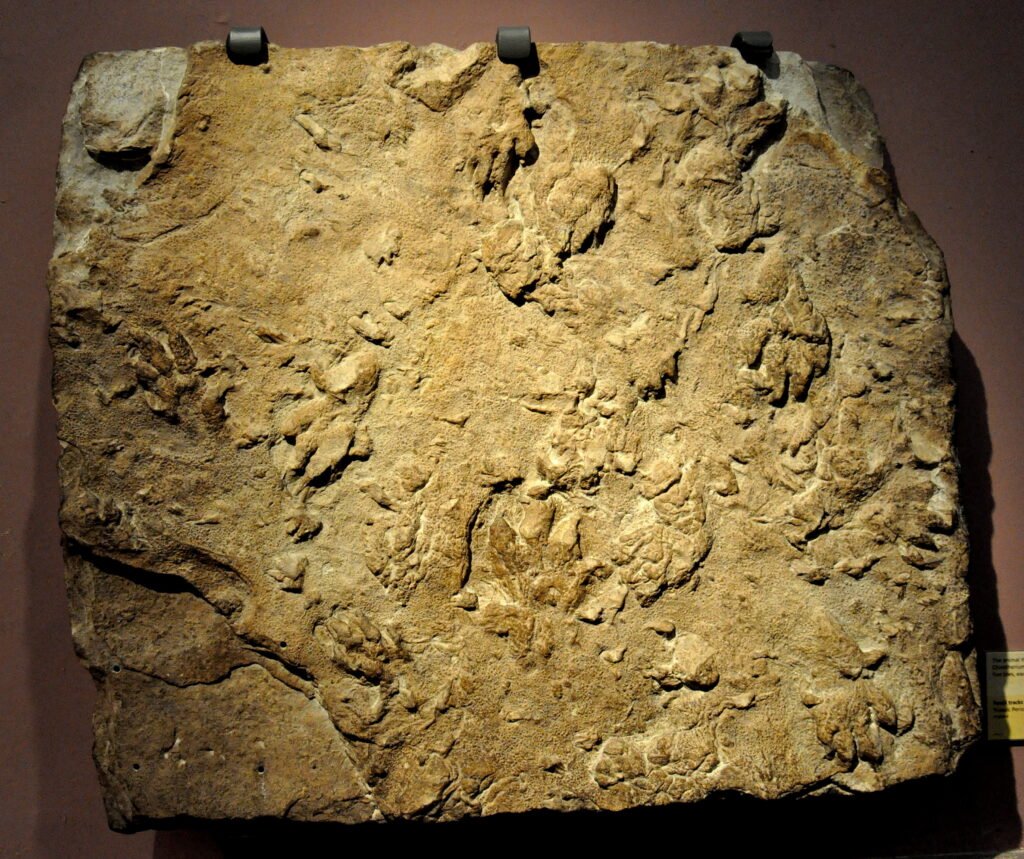
Trackways, which are continuous sequences of footprints left by the same individual, provide insights into the animal’s locomotion and behavior. By analyzing trackways, scientists can infer information such as walking speed, gait, and even social behavior, like whether the animal was moving alone or in a group.
Dinosaur Footprints: The Most Famous Traces
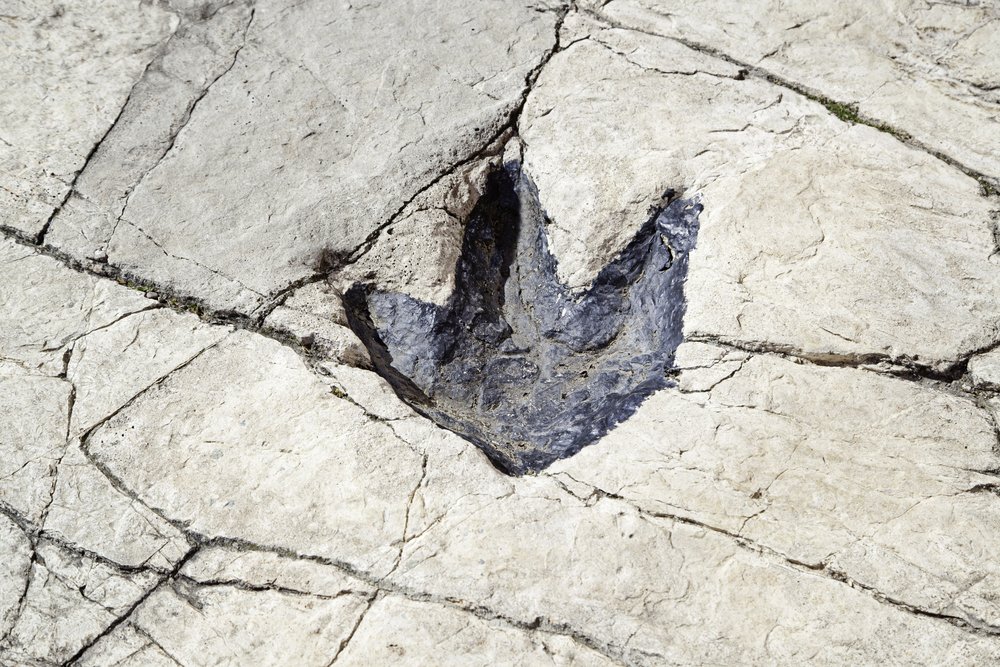
Perhaps the most famous fossilized footprints are those left by dinosaurs. These tracks have been found all over the world and offer glimpses into the lives of these massive creatures. Dinosaur footprints reveal details about their size, stride, and speed, and sometimes even suggest interactions between different species.
Insights into Prehistoric Behavior
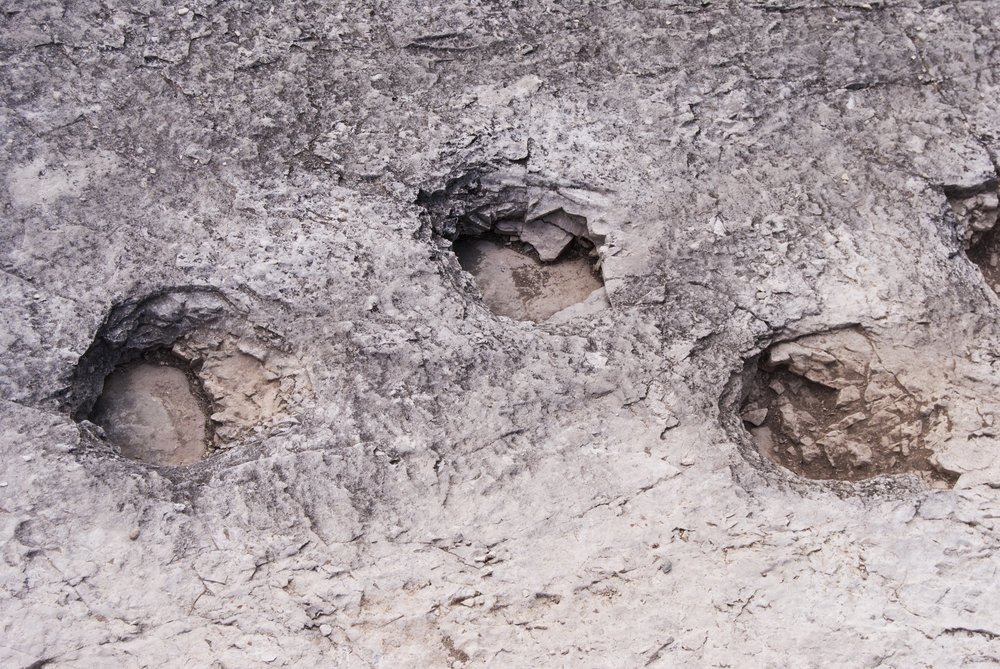
Footprints can reveal much more than size and speed. For example, parallel rows of similar footprints can suggest group travel, indicating social behavior. Footprints arranged in a circle might point to ritualistic behavior or a social gathering spot, providing indications of complex social interactions among prehistoric creatures.
Footprints and Paleoecology
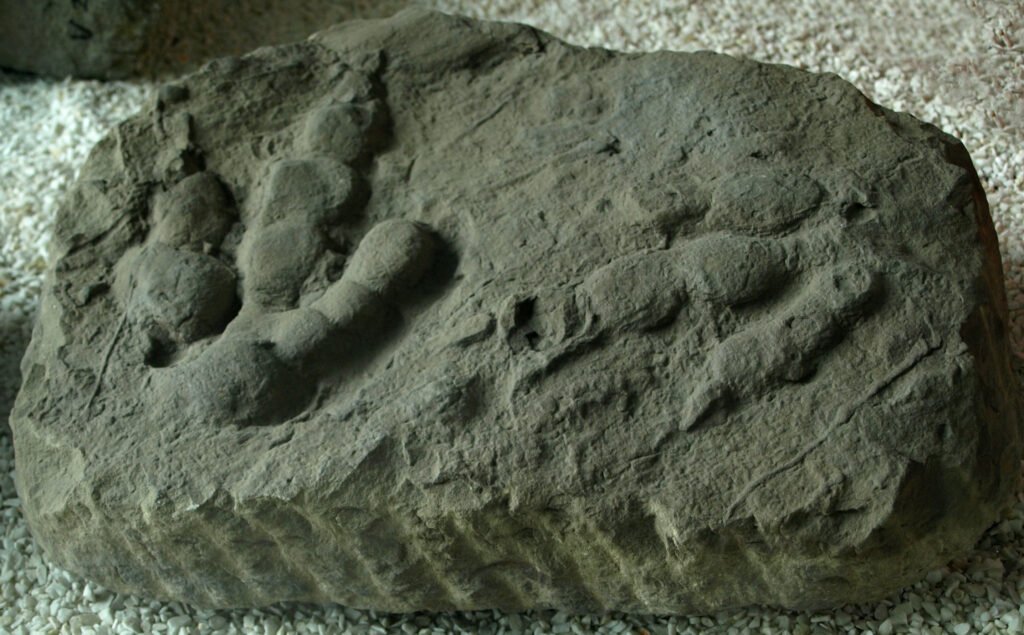
A single set of footprints can provide crucial data about the environment in which the creature lived. The type of sediment the print was found in can reveal whether the area was a swamp, forest, or riverbank. Changes in the direction and frequency of footprint discoveries can indicate shifts in prehistoric climate or topography.
Modern Techniques in Footprint Analysis
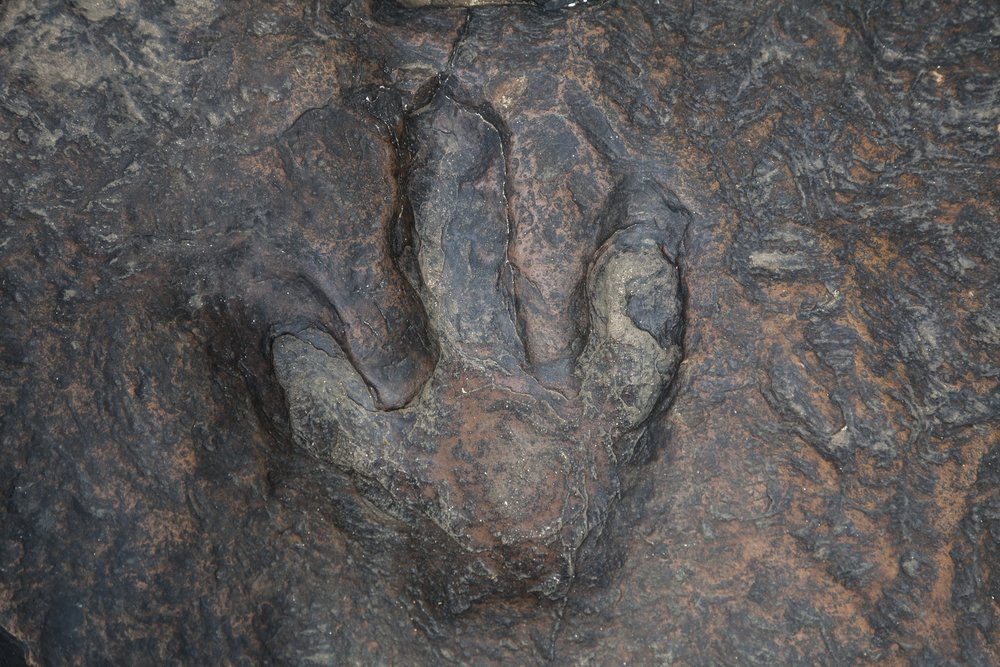
Advancements in technology have transformed how scientists study fossilized footprints. Laser scanning, 3D modeling, and photogrammetry allow researchers to create detailed, digital recreations of footprints, even analyzing tracks that are difficult to reach or are extremely delicate.
Challenges in Interpreting Footprints

Interpreting fossilized footprints involves overcoming a number of challenges. Erosion, weathering, and incomplete trackways can hinder analysis. Moreover, different species might have similar footprints, complicating species identification. Researchers must use caution and cross-reference with other fossil evidence to draw accurate conclusions.
Iconic Fossil Footprint Discoveries
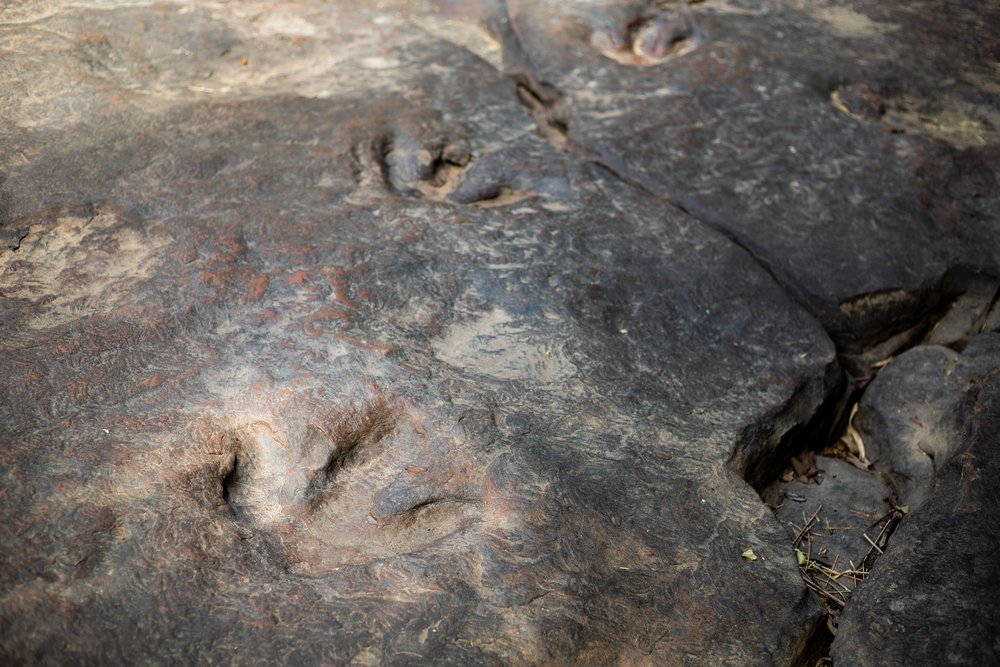
Numerous significant fossil footprint discoveries have shaped our understanding of prehistoric life. For instance, the Laetoli footprints in Tanzania provide evidence of early human bipedalism, offering profound insights into human evolution. Such discoveries underscore the value of fossilized footprints in unraveling Earth’s history.
Future Directions in Footprint Research
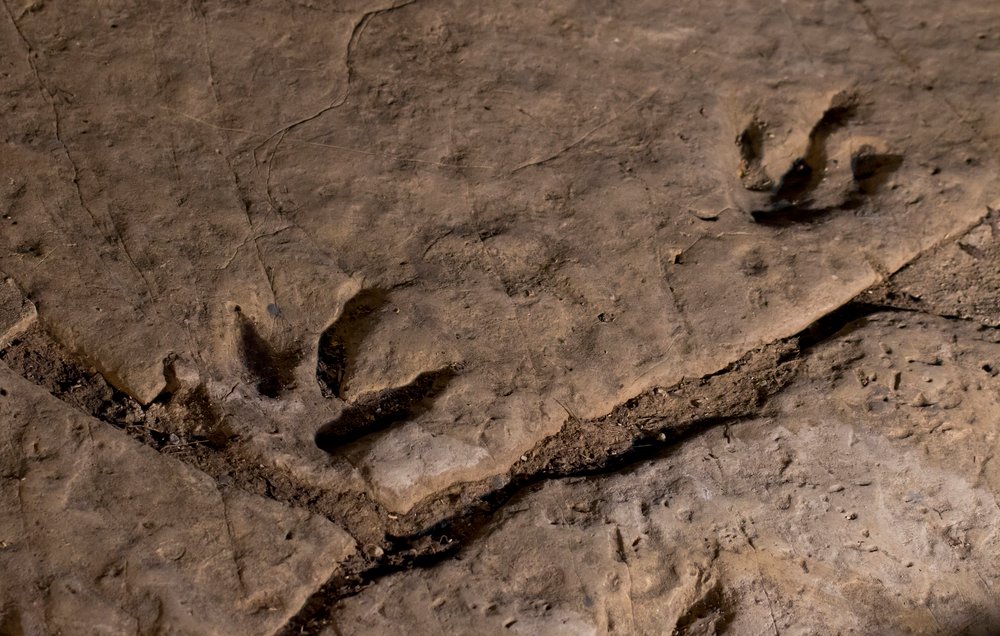
The future of footprint research lies in interdisciplinary approaches, combining geological, biological, and computational sciences to enhance our understanding. Crowdsourcing and public involvement in discovering new track sites also promise to open new vistas of data for research, potentially leading to groundbreaking discoveries about ancient life.
A Step Back in Time
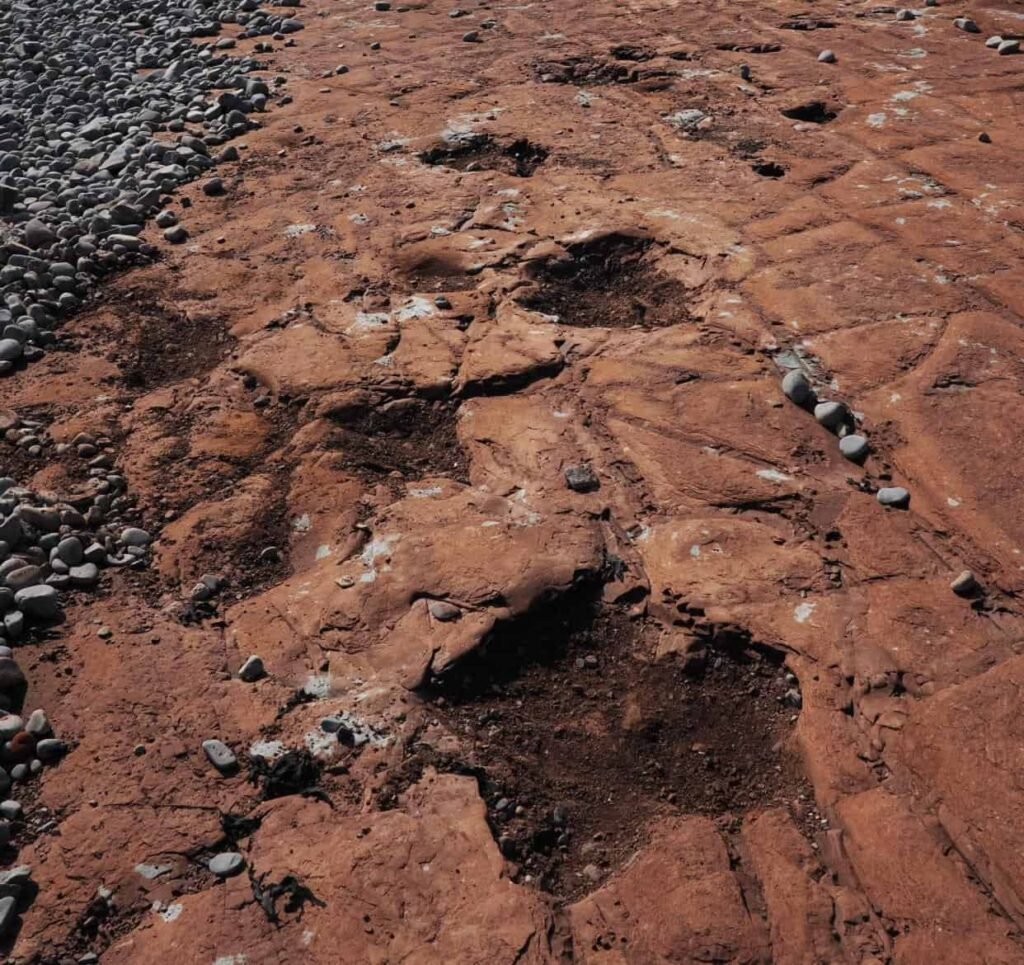
Fossilized footprints are more than mere remnants of the past; they are dynamic records of ancient life, offering an intimate look at the existence of creatures that roamed the Earth long before humans. Through studying them, we can walk alongside these prehistoric giants and uncover the secrets of ancient ecosystems, gaining a deeper appreciation of Earth’s extensive and intricate history.

Esther is from India; the heartbeat of South Asia, holding a Master’s degree in Zoology and a postgraduate diploma in Animal Welfare. Her enthusiasm for animal welfare drives her passion and dedication to working for animals, ensuring their well-being, and advocating for their rights. With a solid academic background and hands-on experience, she is committed to making a positive impact in the field of animal welfare. In her free time, she enjoys embroidery and sewing. As a Chennaite from Tamil Nadu, Esther loves Bharathanatyam, an Indian classical dance form.



